Discovering treasures with Metal Detectors
There’s something thrilling about unearthing secrets hidden beneath us. Just last weekend, Mike, the kids, and I spent a sunlit afternoon sweeping our new Gold Star 3D Scanner over the old Wilson farm. As the LED lights on the VST vertical high signal transceiver unit flickered from green to red, our excitement surged. It wasn’t just about finding metal; it was about uncovering history, guided by real-time signals that painted a vivid tapestry of underground mysteries right before our eyes.
Unveiling the Secrets of Real-Time Metal Detection with VST
The magic unfolds in real-time with the Gold Star 3D Scanner, offering a portrayal of the underground world that captivates every enthusiast’s heart. Using the VST vertical high signal transceiver unit, this device not only magnifies the thrill of discovery but embeds deep understanding and appreciation for the nuances of metal types beneath us. The flicker of LED lights changing from blues to vibrant reds paints a digital masterpiece, directly impacting our hunting strategies and outcomes. Such real-time feedback ensures precision in unearthing treasures that are not just metal artifacts but slices of human history buried over time.
This technological prowess extends beyond traditional use, revolutionizing how we approach various terrains—be it the beach, historical sites, or even our own backyards. The visual signal analyzer allows us to differentiate between mere metal and potential treasure without second-guessing. This immediate feedback is invaluable, especially when you’re scanning areas where every signal could mean the difference between finding commonplace items or rare artifacts.
The Art of Historical Treasure Hunting: A Family Adventure
There’s a profound charm in teaching the younger generation the ropes of metal detecting while embedding a love for historical treasure hunting. Using the Gold Star 3D Scanner, I’ve introduced my kids to a world where every beep, every color shift on the LED screen tells a story—distant epochs calling through time. The joy of seeing their eyes light up as the scanner beeps over a potential find is unmatched. Such experiences not only foster a bonding activity but also instill a curiosity about history and archaeology, turning a simple weekend outing into an educational adventure.
Moreover, the device’s adaptability in various environments makes it an all-encompassing tool for any family looking to delve into metal detecting. The multi-frequency detectors feature ensures that whether it’s the mineral-rich soils of the coastline or the iron-laden grounds of old battlefields, the quality of detection remains unhampered. This adaptability makes the Gold Star 3D Scanner not just a tool, but a gateway to unearthing treasures that teach us about the past while connecting with each other in the present.

Navigating the Technical Terrain: VST Probe’s Color-Coded Signals
The visual cues provided by the VST probe are nothing short of spectacular for any treasure hunter. As I swept the device over an old battlefield, the vivid display of colors acted like a map to hidden relics. This immediate, color-coded feedback is crucial, especially in areas where every inch could uncover a piece of history. It’s not just about the beep; it’s about understanding what lies beneath us with every color transition. The real-time metal detection facilitated by this technology not only saves time but increases the accuracy of identifying valuable items versus mere scrap.
Enhancing Detection Precision with High Signal Transceiver Technology
The effectiveness of the Gold Star 3D Scanner is markedly enhanced by its high signal transceiver. I’ve used several detectors in my time, but this scanner stands out for its precision. On a recent trip to a creek known for its Gold Rush-era artifacts, this feature allowed us to differentiate between gold flakes and other metal debris efficiently. This high level of sensitivity and specificity in detecting and differentiating between metals is invaluable, turning every search into a productive endeavor, potentially rich with historical or valuable finds.
Every outing with the Gold Star 3D Scanner brings with it a promise of discovery and excitement, backed by sophisticated technology that makes metal detecting not just a hobby, but a high-tech treasure hunt. This scanner transcends traditional boundaries with its comprehensive approach to detecting, visualizing, and analyzing metallic objects beneath the surface, offering an engaging experience that is both fruitful and educational.
In conclusion, whether exploring historic sites, beaches, or even your backyard, the technology packed into the Gold Star 3D Scanner enriches every search. Its ability to provide immediate, actionable information through its color-coded signals and high signal transceiver technology not only makes it a powerful tool for any metal detector enthusiast but also a bridge to the past, uncovering stories and relics that would otherwise remain hidden beneath our feet.
| Product Name | Features | Pros | Cons | Categories |
|---|---|---|---|---|
| Gold Star 3D Scanner |
|
|
|
|
How does real-time metal detection enhance treasure hunting?
What advantages does the VST vertical high signal transceiver offer?
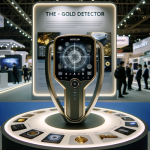
The VST vertical high signal transceiver unit distinguishes between different metal types and structures beneath the surface by using a color-coded system, aiding in more accurate and less intrusive searches. It's particularly useful in distinguishing historical artifacts from ordinary metal debris.

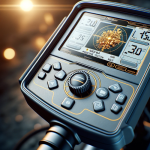



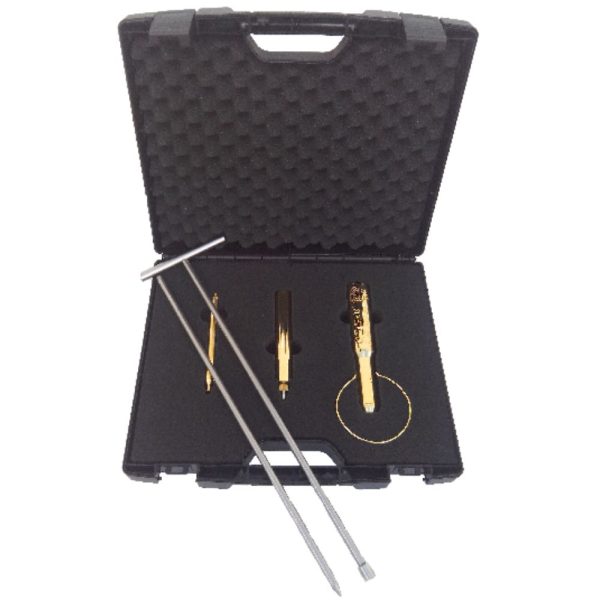
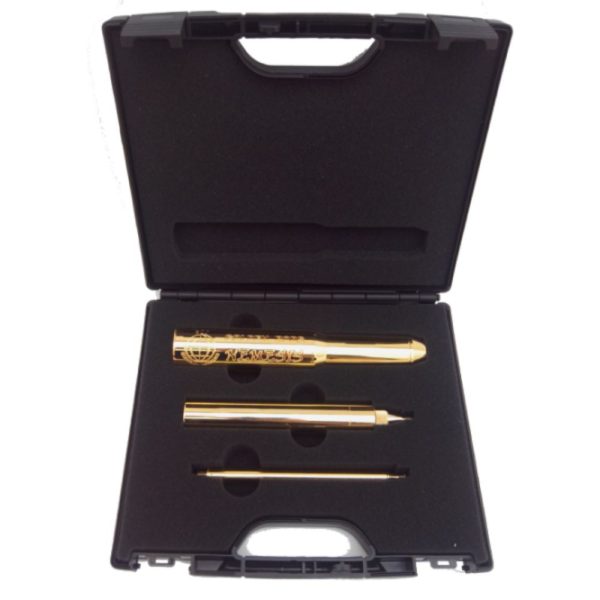
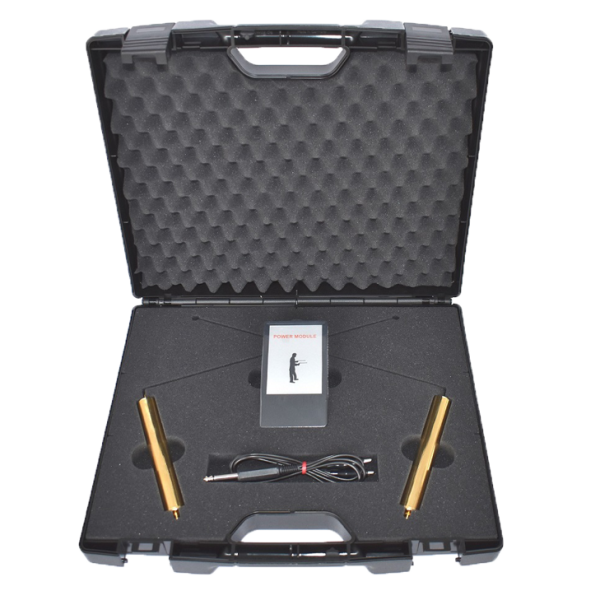
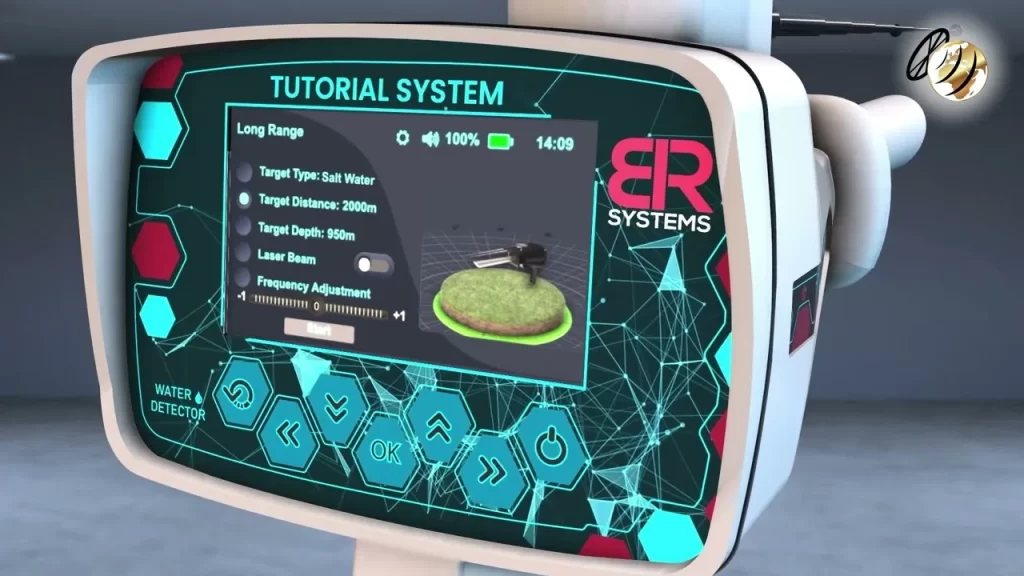
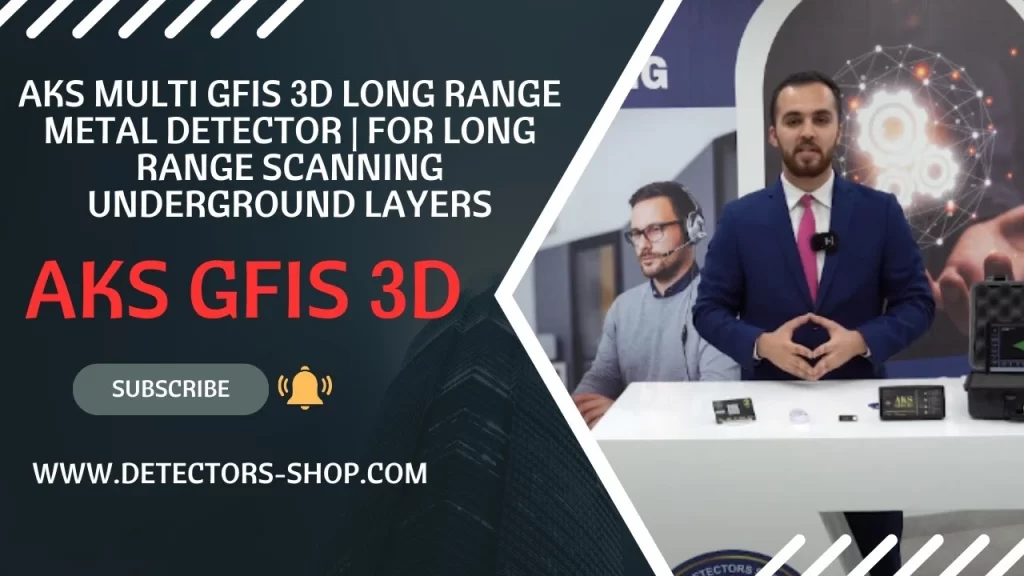
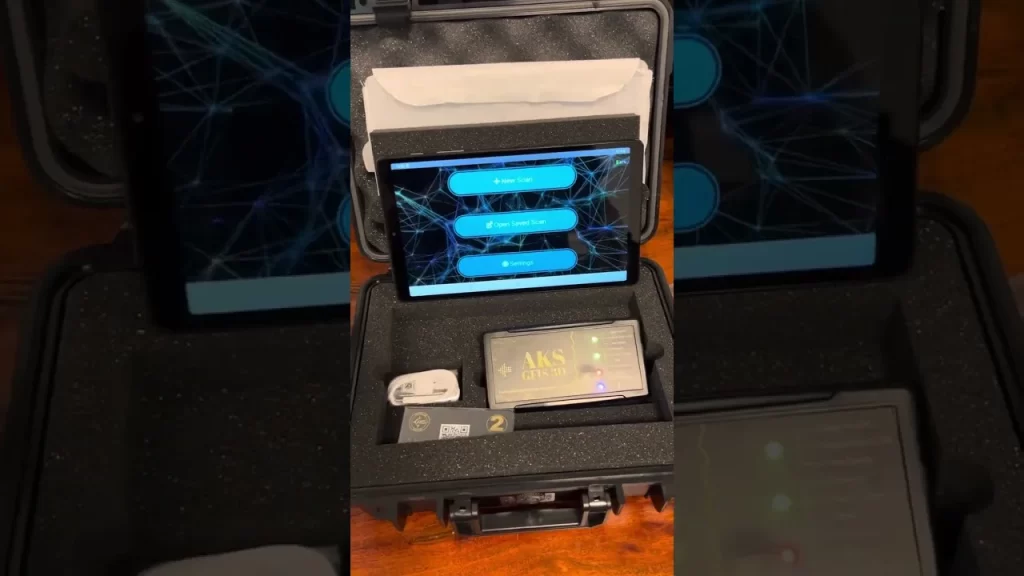
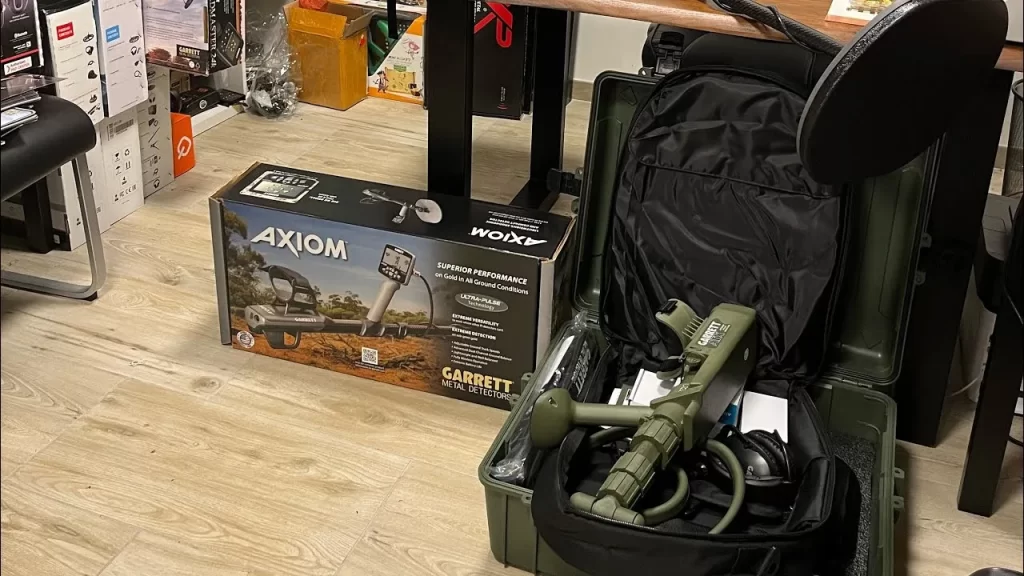
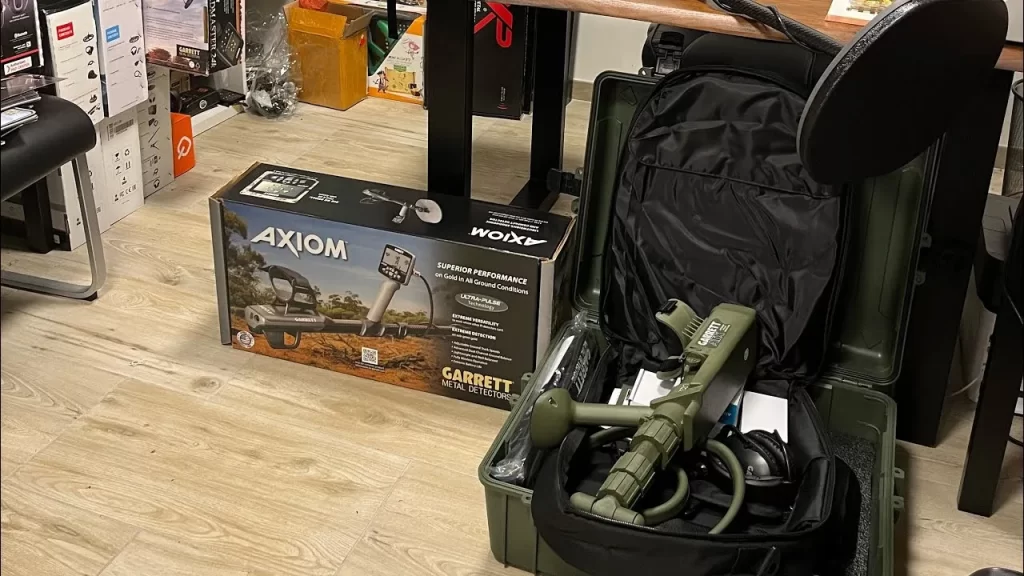
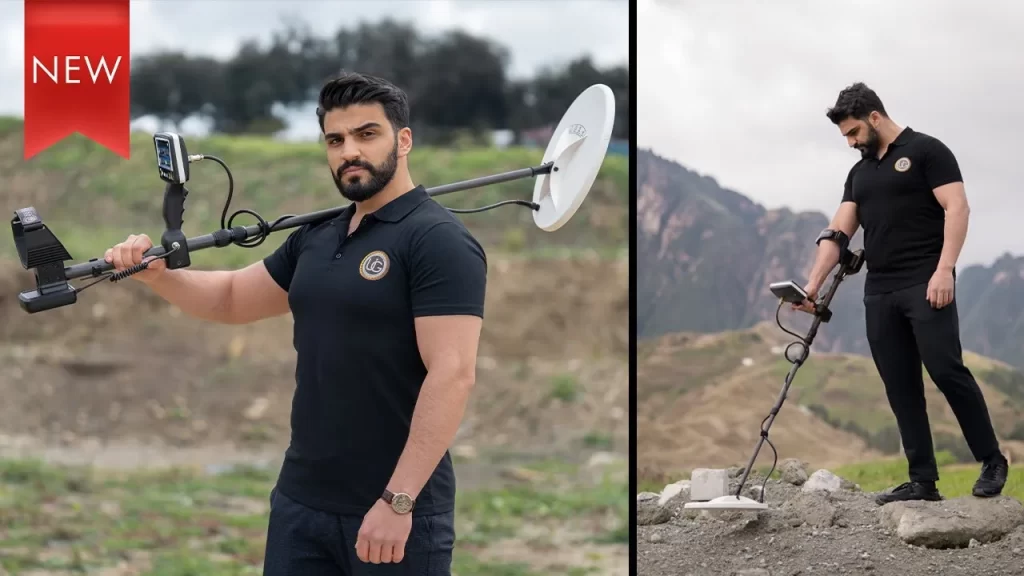

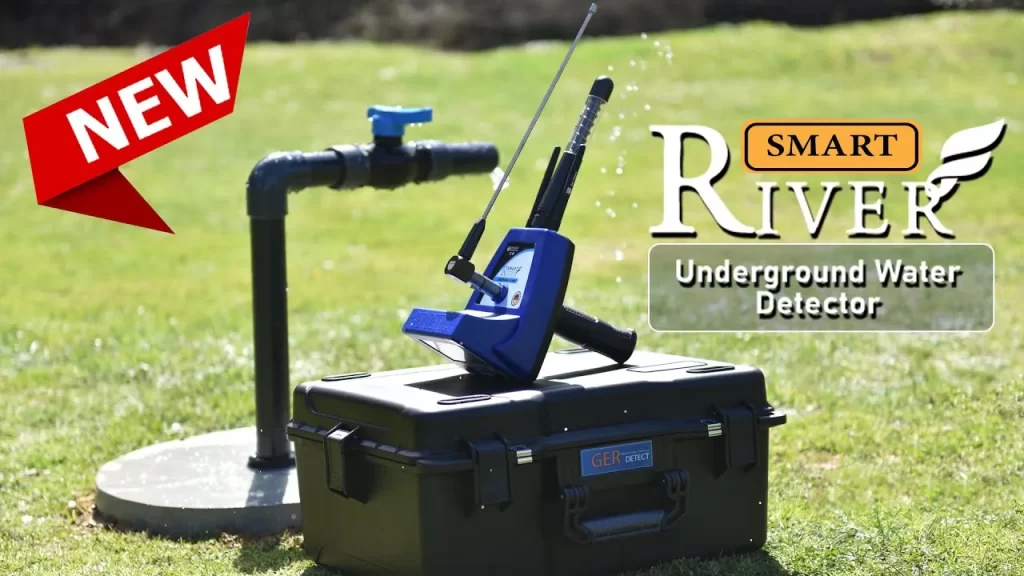

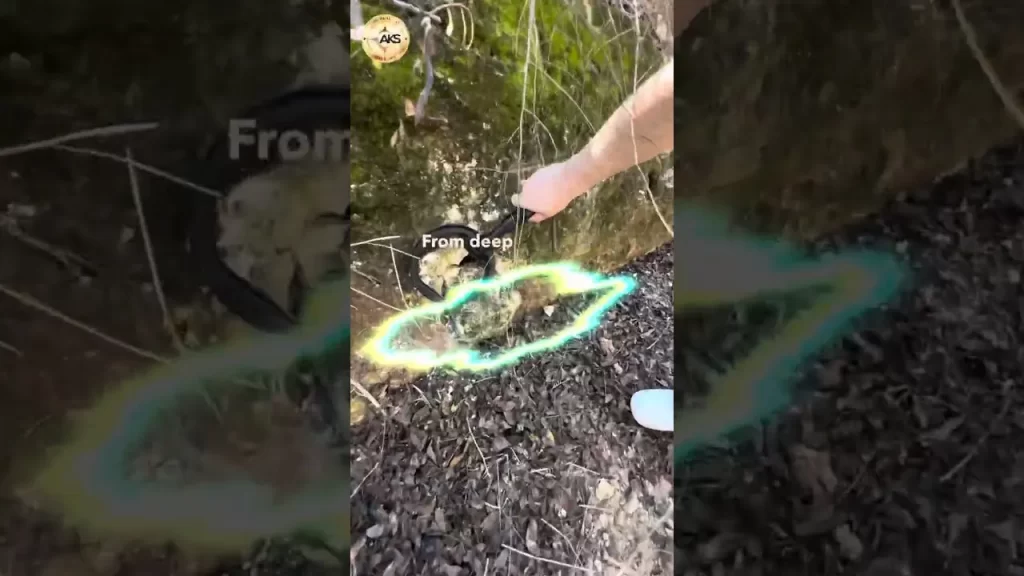

0 Comments